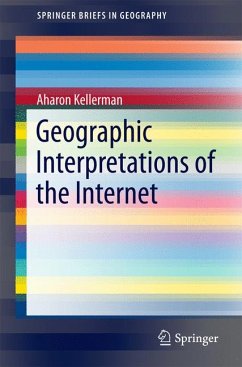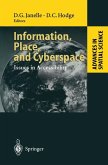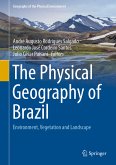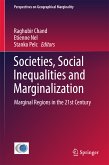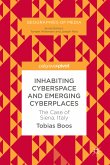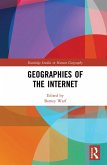This book introduces the Internet as a systematic geographical interpretation, thus shedding light on the Internet as a spatial entity. The book's approach is to extend basic concepts developed for terrestrial geography to virtual space, most notably those relating to space, structure, distance, movement, and presence. It further considers' the Internet by its constitution of information space and how it has become an integral element of our lives, whether at home, at work or on the go. By using well-known concepts from traditional human geography, this book proposes a combination of terrestrial and virtual geography, which may in turn help with coping with Internet structures and contents. The book appeals to human and economic geographers, especially those interested in information and Internet geographies. It may also be of special interest and importance to sociologists and media scholars and students dealing with communication technology and the Internet.
Dieser Download kann aus rechtlichen Gründen nur mit Rechnungsadresse in A, B, BG, CY, CZ, D, DK, EW, E, FIN, F, GR, HR, H, IRL, I, LT, L, LR, M, NL, PL, P, R, S, SLO, SK ausgeliefert werden.

